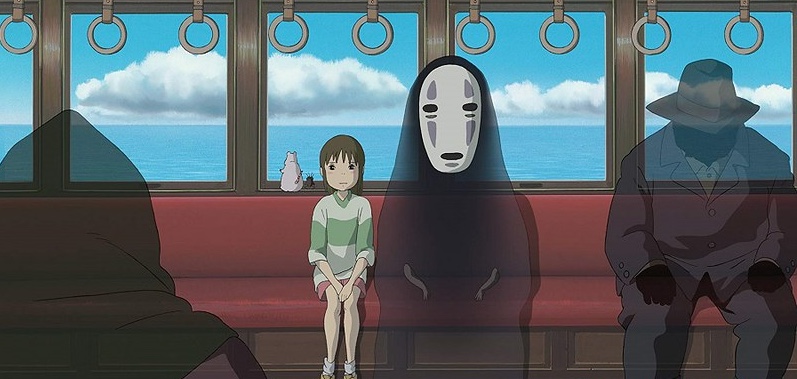
It is indisputable: we are living in a renaissance of animation. What was once considered a wholly juvenile cinematic experience is being elevated to one of the highest forms of art in the modern age. With astounding visuals, captivating sound design, and highly compelling stories and characters, it is only a matter of time before an animated film breaks through and wins Best Picture at the Oscars.
Could it be the third entry in the Spider-Verse franchise? Its two predecessors, Spider-Man: Into the Spider-Verse (2018) and Spider-Man: Across the Spider-Verse (2023) have both made their mark, each getting nominated for and the former winning, Best Animated Feature. These celebrated “dazzling animated capers” tell the coming-of-age tale of Miles Morales becoming the iconic superhero and meeting other Spider-Men from across the multiverse, each illustrated in a unique art style with their quirks and personalities, indicative of the culturally rich and diverse world we inhabit. As well as the sublime visuals- many of the scenes could be hung in a gallery- and the catchy original soundtrack, the Spider-Verse movies interweave their high-impact action scenes with tender moments of sincerity. There is an ever-present focus on family, especially Miles’ relationship with his parents, a storyline that we undeniably resonate with as young adults finding our way in the world.
As well as the sublime visuals- many of the scenes could be hung in a gallery- and the catchy original soundtrack, the Spider-Verse movies interweave their high-impact action scenes with tender moments of sincerity.
On the other side of the coin, Tim Miller’s Love, Death + Robots (2019-) is an animated anthology series on Netflix that switches Spider-Verse’s tenderness for a delicious sense of existential dread. The three volumes of the series have episodes that range from the profound, “The Drowned Giant”, the stylish, “Zima Blue”, and the straight-up terrifying, “Sonnie’s Edge”: there’s something for everyone. The discourse surrounding Love, Death + Robots is varied since everyone has their favourite episodes. Each story is crafted in different styles- from the uncanny, hyper-realistic stuff of videogame cutscenes to mesmeric 2D illustrations that take your breath away- which turns this chocolate box of dystopian delights into a cornucopia of animated riches.
Each story is crafted in different styles- from the uncanny, hyper-realistic stuff of videogame cutscenes to mesmeric 2D illustrations that take your breath away- which turns this chocolate box of dystopian delights into a cornucopia of animated riches.
On existentialism, the renowned anime giant, Studio Ghibli, known for creating classics like My Neighbour Totoro (1988) and Spirited Away (2001), is not afraid to turn heads by incorporating adult subject matter into their fantastical films. Two such pictures encapsulate this; The Grave of the Fireflies (1988) and The Boy and the Heron (2023), having recently been added to Netflix’s roster to complete all twenty-two Ghibli films, deal with the intersection between war and the loss of childhood innocence, the former movie giving a painful, tear-jerking presentation, and the latter showing this through phantasmagorical means.
So perhaps the melting pot of incredible action, sophisticated plots and gorgeous animation is what draws our attention to these animated films. Perhaps it is through harkening back to our childhoods yet employing thematic concerns that affect us now that these films captivate us.
The newest, upcoming foray into this animation-for-adults genre takes the form of a stop-motion film: Memoir of a Snail (2024). “Creating a distinctive kind of lovability and pathos” for his characters, Australian animator Adam Elliot could be the one to watch with his perspective on dark, disturbing themes through the eyes of gaunt-faced children. Maybe, in the near future, this soon-to-be-released film will join the ranks of these titans of the animation genre.


